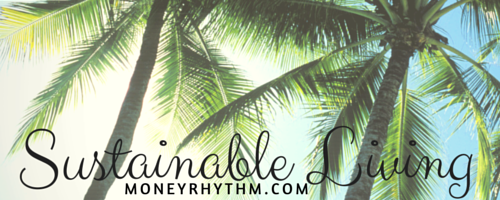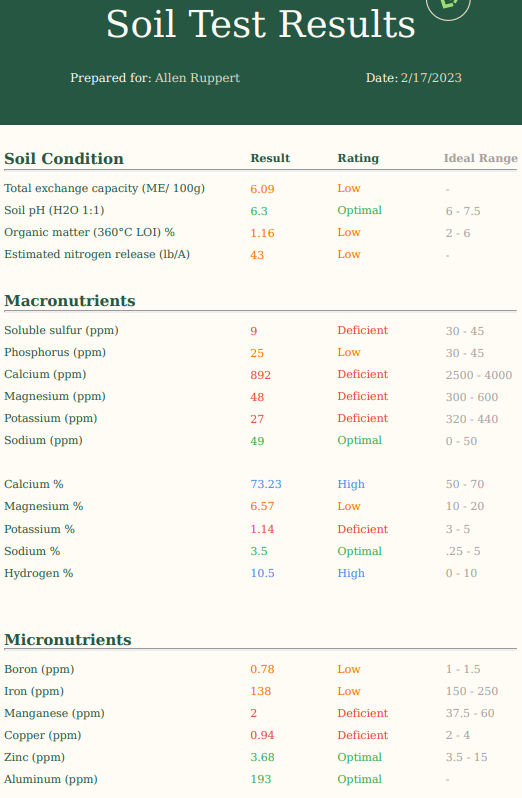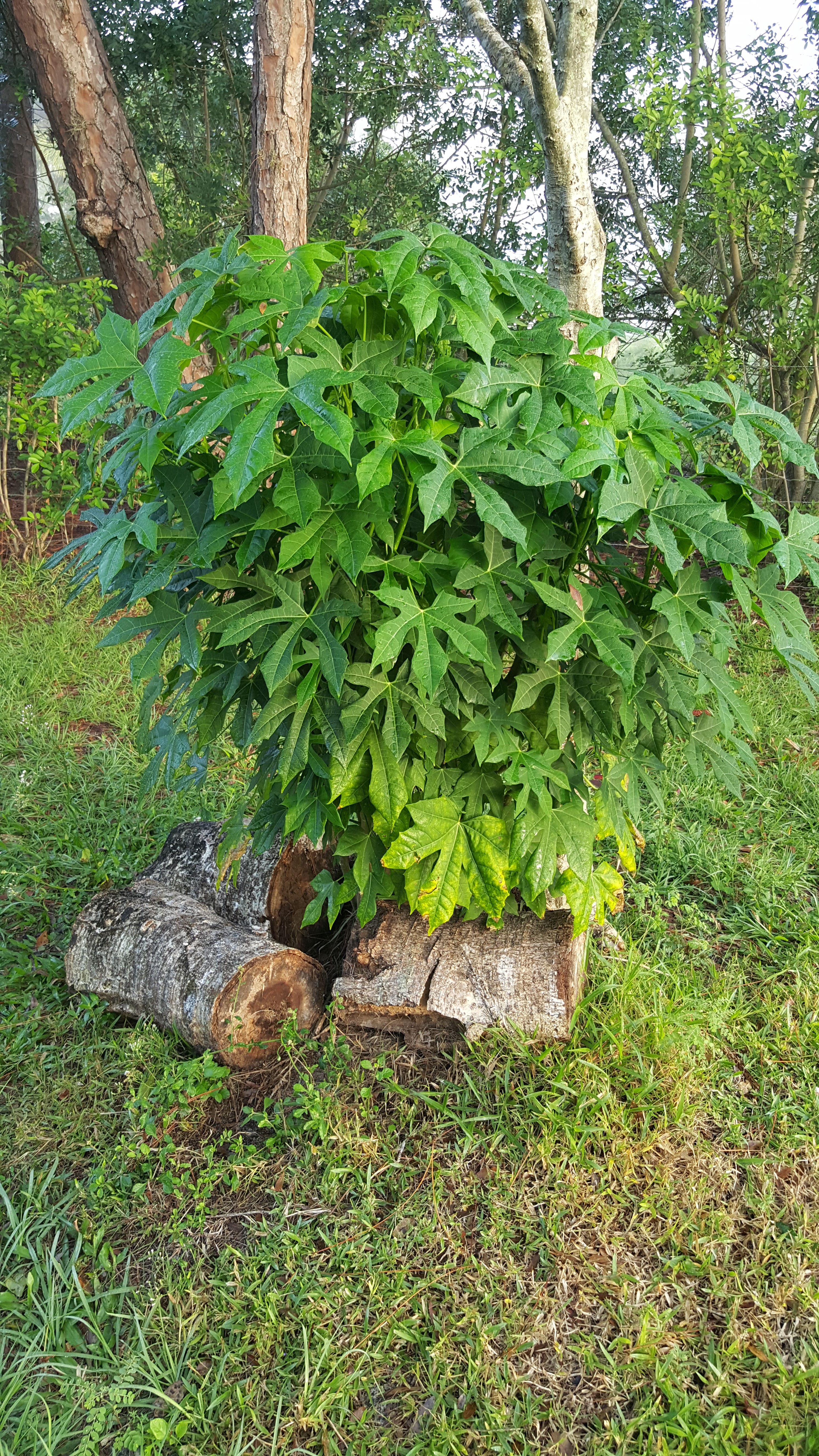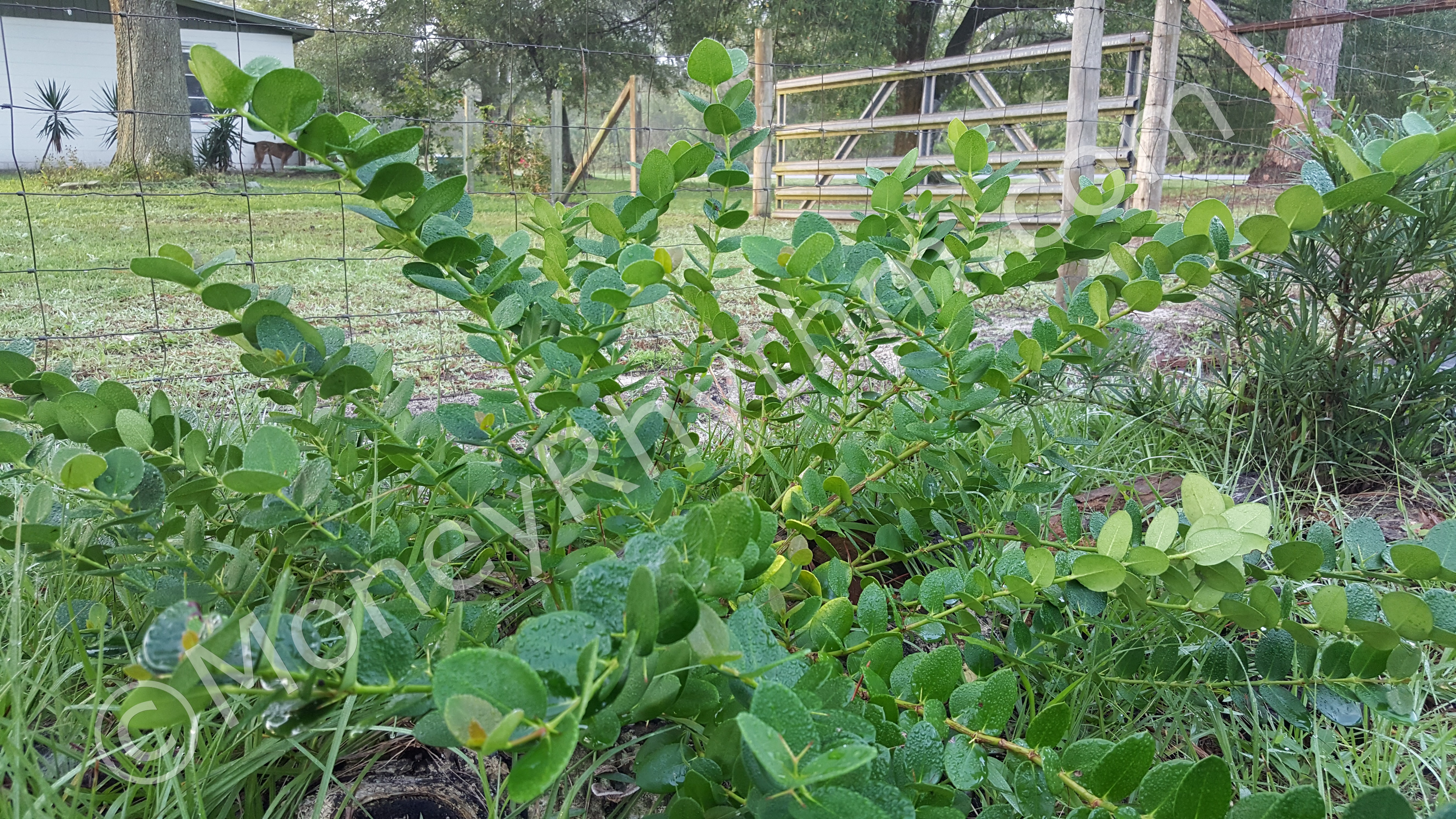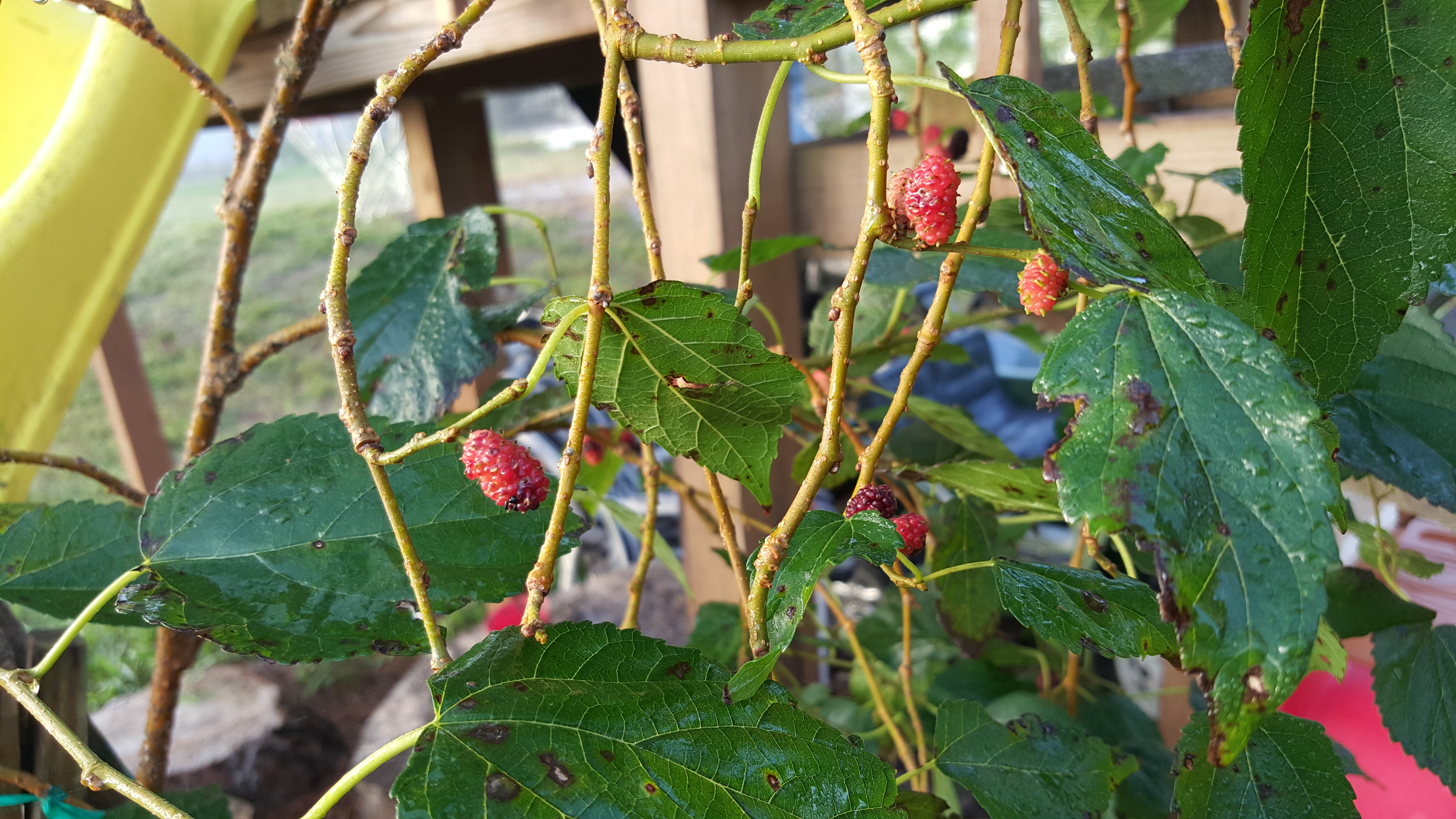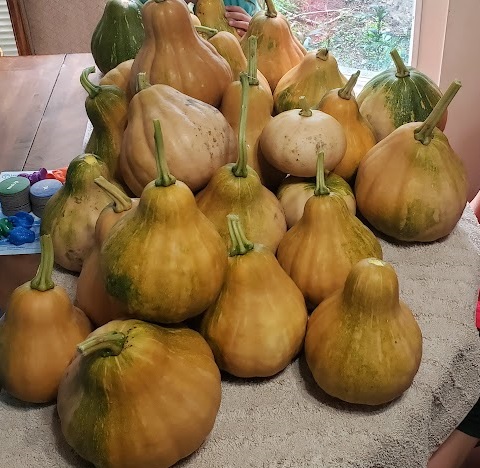Turning your lawn into something that can provide food for your family, forage and habitat for wildlife, and maybe even a potential income source is easier than you think. Through mostly an investment of time and a little money for plants (You could always start with cheaper cuttings, seeds, or smaller plants) you can grow your very own food forest even if you’re not sure what permaculture means yet. My Food Forest has reached the point where it really is beginning to qualify as a forest and I just want to share the steps I’ve taken and what plants and methods have worked for me to get there despite being on very poor soil.
Nutrition, Soil Testing, Foliar Spraying, Fertilizer
Neglecting this was the biggest mistake I made in starting my own food forest. I could tell that my soil had deficiencies, but because of the variety of plants and my divided attention, I never got a handle on specifically what I was deficient in. GET YOUR SOIL TESTED. Do not buy a kit to test it yourself unless you’re a chemist I guess. You need to send your soil into a lab. At the time of writing this costs about $30 on amazon for this soil laboratory test kit. I was able to get a free laboratory test kit with a code from Gnome in exchange for them advertising their lawn care formulas to you. I went the gnome path.
Once you have your soil results, it is easy to target your deficiencies rather than taking random advice for strangers on the internet or relatives. For example, most people recommend Epsom Salts, thats a good recommendation for me as my dirt is deficient in Magnesium. BUT!!! When you look at the Micronutrient manganese, I am extremely deficient compared to the ideal and found that the symptoms of my poorly performing plants matched with Manganese as the root cause. Supplementing with Manganese is cheap and easy (though it does wash away easily in heavy rains)
Because our soil is poor in many ways, I began spraying fish and seaweed fertilizer to help deliver micronutrients directly through the plants leaves. The results have been spectacular. Check out my Foliar and fertilizing Schedule created based on my results above.
Here is the Current Complete Plant list on my property with comments, data, and plants that didn’t make it.
List of plants that should work for Zone 9b, Zone 10
Here is a list of all fruit trees I have or want (Zone 9b, very near Zone 10). Eventually, I hope to have a link up to each one of these with descriptions and my own experience growing! Please if there is a plant you are interested in without a link yet, comment below to motivate me to write about that one in particular.
Keep in mind that a successful Food Forest must incorporate plants that make food for people as well as plants that can support the needs of the other plants in the forest.
- Acerola Barbados Cherry

- Agave(Blue)
- Areca Palms
- Banana
- Banana, Ice Cream
- Black Sapote
- Boniato – Tropical Sweet Potato
- Bottle Palm
- Brazos Blackberry
- Brogdon Avocado
- Bromeliad
- Bursera Simaruba, Gumbo Limbo
- Canary Island Date Palm
- Canistel aka Yellow Sapote, Eggfruit Pouteria Campechiana
- Canna Lillies
- Capulin Cherry/Jamaican Cherry/Strawberry tree
- Cassava Yucca
- Chaya Spinach Tree
- Che Chinese Mulberry
- Water Chestnuts
- Coccoloba Uvifera, Sea Grape
- Cocoplum
- Cocos Nucifera Coconut Palm
- Cotton Candy (Strawberry) Tree/ Panama Berry Tree
- Dragon Fruit, Pitaya
- Edible Sword Fern aka Tuber Fern
- Emerald Bamboo
- Figs Celest or Green Ischia
- Firebush, Native
- Florida Hass Avocado
- Goji Berry
- Goumi Berry
- Governors Plum
- Grumichama (Eugenia Brasiliensis)
- Guadalupe Palm

- Hatki – Tampa Native Sweet Potato
- Hibiscus sabdariffa (Jamaican Sorrel, Florida Cranberry, Roselle)
- Honeybell
- Ivy Gourd (Perennial Cucumber)
- Tindora Spinach Fruit
- Ixora
- Jaboticaba Myrciaria Cauliflora
- Japanese Persimmon
- Jujube
- Lagerstroemia Indica, Crape Myrtle (Dark Pink)
- Lemongrass
- Longan
- Longevity Spinach
- Loofah Gourd
- Loquat, Oliver
- Lychee, Sweethart
- Macademia
- Malabar Spinach
- Malanga
- Mango, Glenn
- Mango, Keitt
- Mexican Sunflower
- Miracle Fruit
- Monstera Deliciosa
- Moringa Oleifera
- Mulberry Shangri La and Florida or Illinois Everbearing Mulberry
- Muscadine Grape- Southern Home
- Mysore Raspberry
- Natal Plum Carissa Macrocarpa
- N. cochinillifera
- Nopal Cactus
- Naranjilla
- Okinawa Spinach
- Passiflora Edulis Passion Fruit
- Paw Paw
- Peach Tree, Tropical Beauty
- Peanut Butter Tree
- Pepino Dulce
- Perennial peanut
- Peruvian Apple Cactus
- Pigeon Peas
- Pindo Jelly Palm
- Pomegranate
- Purple Jacaranda
- Raisin Tree
- Royal Poinciana
- Ruby Red Grapefruit

- Sabal Palm
- Satsuma Orange
- Simpson Stopper
- Sunburst Tangerine
- Surinam Cherry
- Sweetsop aka Sugar Apple
- Tamarind
- Wax Myrtle
